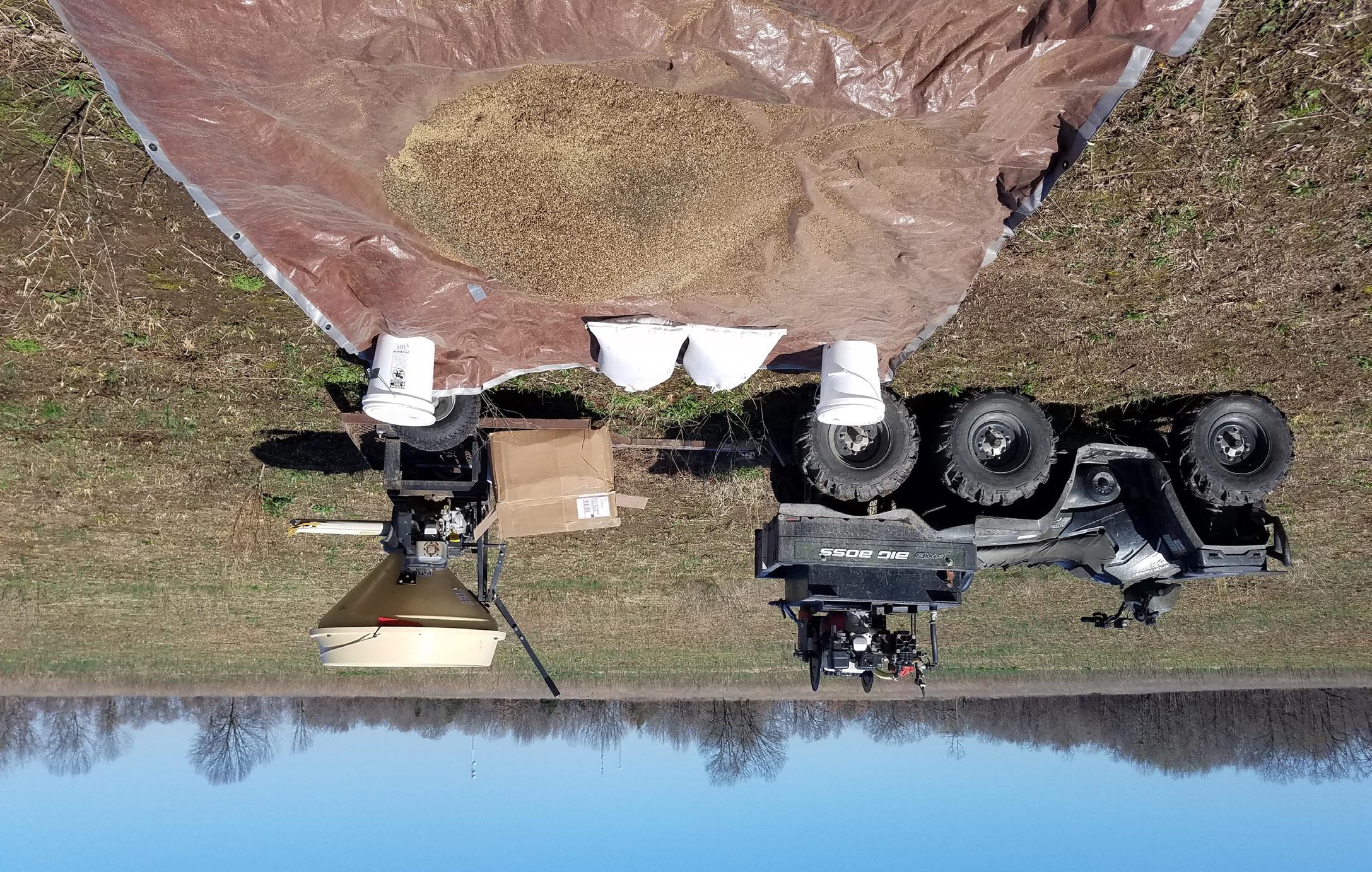
13 minute read
Prairie and Native Grassland Reconstructions
In recent years, populations of grassland dependent wildlife species have declined significantly and rapidly. From grassland birds that depend on prairies and native grasslands to provide valuable nesting habitat or places to rest and refuel during migrations, to the scores of pollinators that are found exclusively in diverse prairie ecosystems, all have suffered as a result of habitat loss and fragmentation. While recreating the biologically diverse intricacies of original, unplowed prairie is not possible, many aspects of the ecological and environmental function of prairies can be reconstructed. Prairie plantings can benefit not only many grassland invertebrates and other animals, but also improve the water-holding capacity of the land, which protects streams; improve soil health, and increase the carbon storage capacity in soil.
For all of these reasons, it is imperative that public and private landowners convert as much disturbed land currently in non-native vegetation to prairie reconstructions, or plantings, providing that it is suitable for a grassland landscape.
This article covers the steps necessary to complete a prairie reconstruction/restoration: site selection and preparation; monitoring for invasive species; seed sourcing, collection, purchase, and planting; and short- and long-term maintenance of the planted site.
Site Preparation and Planning
Site Preparation and Reconstruction Planning Missouri was once home to more than 15 million acres of prairie over much of northern, central, and western Missouri, with savanna, open woodlands, and glades intergrading with prairie in these regions and with forests in the Ozarks. Assuming you have a site that falls within the range of historic native grassland, it is likely suitable for prairie plants. You can begin with site preparation.
Most reconstructions begin in dealing with some sort of non-native vegetation. Often a sod of tall fescue (Festuca arundinacea) and other scattered invasive species such as sericea lespedeza (Lespedeza cuneata) or Johnson grass (Sorghum halapense) is the first battle to overcome.
Reconstructing a former crop field that has several years of cropping history is usually the easiest and often the most successful reconstruction. If you have a site converted from prairie or woodland and plowed in the past, vegetated completely with nonnative vegetation such as one or more of the abovementioned species, one option is to put it into a cropping rotation for a few years. By cropping with herbicide-ready soybeans, for example, the crop can be sprayed, killing weed seeds and priming the area for seeding with natives.
If cropping is not desired, or simply not an option, herbicide treatment of existing vegetation is necessary. Glyphosate treatment in the fall and spring for two successive years will eradicate most of the fescue on a site. Without a dominant species like tall fescue present, other invasive species will emerge after the absence of competition. Some of these invasives include sweet clover (Melilotus officinalis - albus), nonnative thistles, red clover (Trifolium pretense), invasive vetch species, as well as fescue, Johnson grass, and sericea lespedeza. Early to mid-summer treatments with a triclopyr-based herbicide, in addition to the glyphosate treatments, will help eradicate most broadleaf invasives on a reconstruction site.
Seed
Some critical factors in seed selection include deciding how diverse your mix will be, how much seed is needed, and seed provenance or sourcing. Local seed—for example, collected from original prairies within perhaps 50 miles of your site—is usually considered a best management practice, but can sometimes be hard to come by, and even the term “local” is debatable given various site locations.
It is optimal to plant the most diverse mix possible in reconstructions. A diverse reconstruction will be the most resistant to invasion from exotic plants, will more closely resemble diverse prairie remnants, and will provide the best habitat for the highest number of wildlife species.
As a general rule, approximately five pounds of forbs (native wildflowers and legumes) and two pounds of native grasses in a mix are adequate for a reconstruction. Various seeding rate studies have shown that over time lighter seeding rates are just as successful as heavy rates. How light a seeding rate can be to be still effective is not known, but the above rates provide a good starting point for a reconstruction.
When choosing grasses for a seed mix, some species might be excluded, like indiangrass (Sorghastrum nutans) and switchgrass (Panicum virgatum) until the forbs and less aggressive native grasses have established. Greatly reducing the rates of these grasses in a mix will also help reduce their aggressive nature initially in a reconstruction. If the site is planned to be under a grazing regime, a higher rate of native grasses would be appropriate.
It is essential to avoid cultivated varieties (cultivars) of grass species as they have been selected for their aggressive nature primarily for the agricultural industry. There are other tools to help calculate seeding rates like the NRCS seed calculator and a couple others that calculate seeds per square foot instead of pounds per acre. Seed calculators that measure seeds per square foot have the advantage of accurately accounting for the variability of seeds per pound across all species. This helps eliminate over planting of certain species while fine-tuning a seed mix. Planting Once preparation is complete and a seed mix has been chosen, it is time to plant. Keep in mind that this process takes anywhere from two to five years or longer. Since many native plant seeds require some sort of scarification—or penetration through a hard seed coat—to germinate, it is best to let nature do the work. For adequate scarification, many freeze-thaw cycles are necessary after planting and before the growing season. It is best to plant in the dormant season, from late November through February. Just before or after a snow is desirable, but earlier is usually better. Depending on what field conditions are like in the reconstruction area, it might be necessary to burn, harrow, or lightly disk the area to be planted. Bare soil or mostly bare ground is essential for good seed to soil contact and subsequent plant germination. There are a few ways to plant native seed. A preferred method is to broadcast the seed across the site simply. For this, either a Vicon brand pendulum seeder or fertilizer cart can be used. A Vicon seeder is a broadcast seeder that has an arm on the back that flings seed back and forth. An agitator inside the hopper keeps the seed from clogging the opening. Normal ATV-style broadcast seeders can work but are not ideal. Usually, a carrier is necessary to thin out a seed mix; rice hulls and distillers grain are often used with the Vicon seeder. If using a fertilizer cart, local agriculture-supply dealers can mix the seed with potash or lime. Spread the contents of the cart over the reconstruction site. For both of these methods, set the spreader at half the rate and go over the area twice, like this: spread seed in an east/west direction, and then make a
second pass going north/south. It is always better to set seeding rates on the light side to avoid running out of seed before you have covered all the intended acreage. Spreading in both directions allows for complete coverage and yields the best results. Another seeding option is to use a drill. One intended for native seed planting is necessary, as the seed can clog standard agricultural drills. If you are using a native seed mix, drills can be a little bit harder to calibrate. Setting the rate on the light side and adjusting as you go will be necessary. It is important to adjust the planting depth of the drill according to the soil conditions on a given site. Uneven or rough terrain can also have an impact on planting depth. If forb seeds are planted too deep, many of them will not germinate. Ideally, the seed will be planted in the top 1/4 inch of soil. One thing that can be done to ensure that seed is not planted too deep is to disconnect the feed tubes from the bottom of the drill. This allows the seed to feed out onto the ground instead of being fed into the ground through the drill coulters. Prairie and grassland reconstructions and restorations can be time consuming and sometimes expensive. They are also very rewarding and are an investment in your local community, the wildlife species that use them and your land.
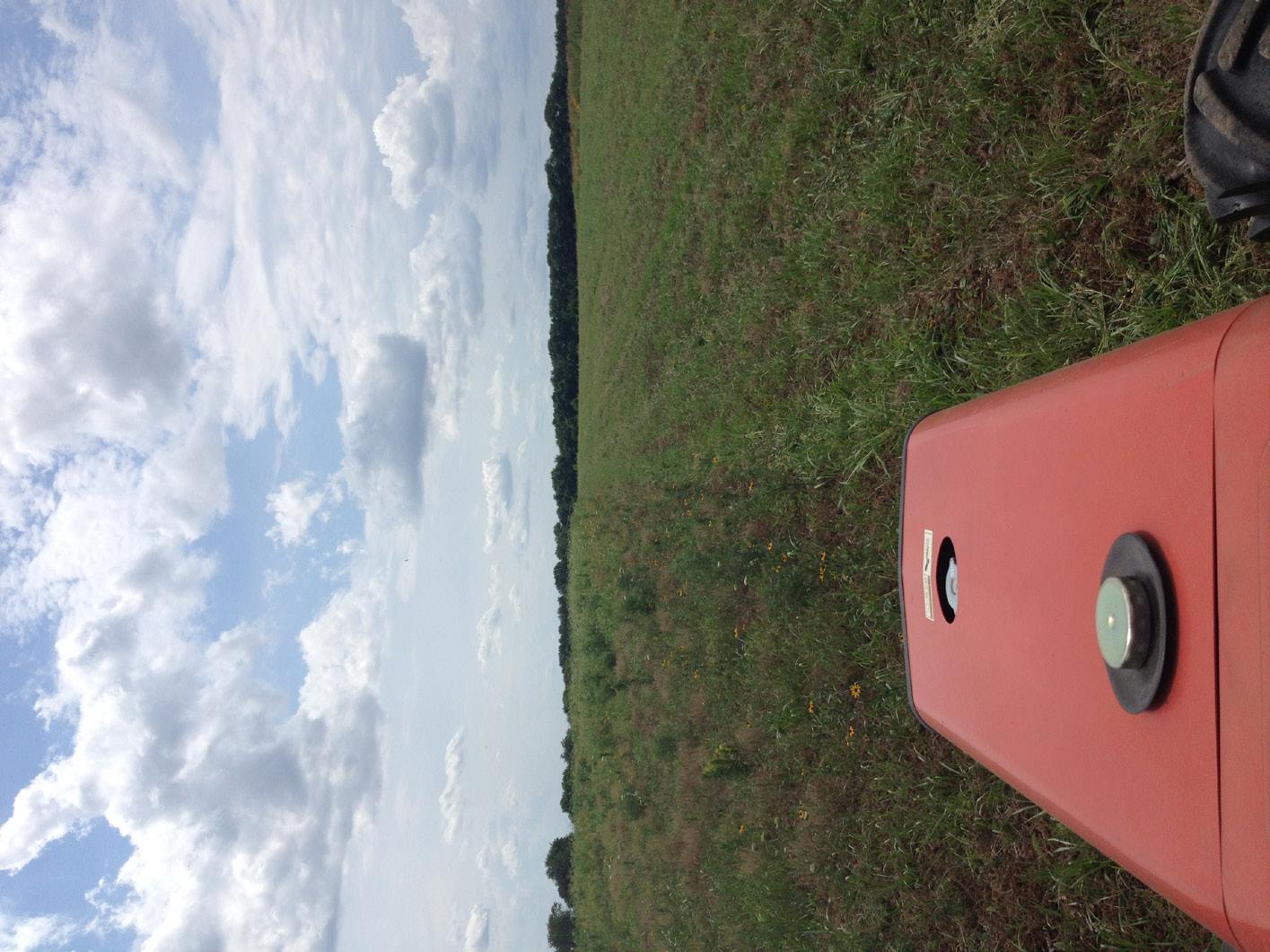
Maintenance
Mowing is necessary in the first two growing seasons to reduce competition from weeds, allowing these young plants to get plenty of sunlight. In year one, after planting, mowing will need to be performed two or more times. A good rule is mowing every time the vegetation is over 12 to 15 inches tall, and mow it back to about 6 inches.
Usually a mowing in early June and early July is sufficient. Adjusting mowing dates depending on rainfall can be expected. During this time period, few native plants will express themselves and the field will mostly be full of weedy plant species.
In the second year, a mid-season mowing should be all that is needed. Late June or early July will likely be the target date for a mowing. More native plants should be noticeable in the second growing season. It often takes five or more growing seasons for some of the more conservative prairie plants to express themselves in a planting.
After year two, the planting will pretty much be self-sufficient. Sometimes after the second year, and definitely after the third growing season, it is time for a burn. If mowing has created a lot of thatch after the first or second growing season, it is a good idea to conduct a prescribed burn.
This creates an environment where young plants can successfully get established. Occasional burning (every 2 to 3 years) is ideal after that, but haying or mowing can suffice in areas where burning is not an option.
During the maintenance phase, it is essential to stay on top of invasive species. Many of the invasive plants that were targeted during preparation can still be problematic after planting and for years to come.
Prairie and grassland reconstructions/restorations can be time consuming and sometimes expensive. They are also very rewarding and are an investment in your local community, the wildlife species that use them and your land.
This article is adapted from a longer version originally published in the Missouri Prairie Journal, Volume 39, Fall/Winter 2018. For more information visit www.moprairie.org/ and click on, What We Do.
Jerod Huebner Director of Prairie Management Missouri Prairie Foundation
Mowing a first year planting. (Photo: Jerod Huebner)
A Vicon seeder, with seed ready to be spread, at a prepared reconstruction site at MPF’s Carver Prairie in late winter 2018. (Photo: Jerod Huebner)
• Superior mast production • Greater survivability • Faster growth
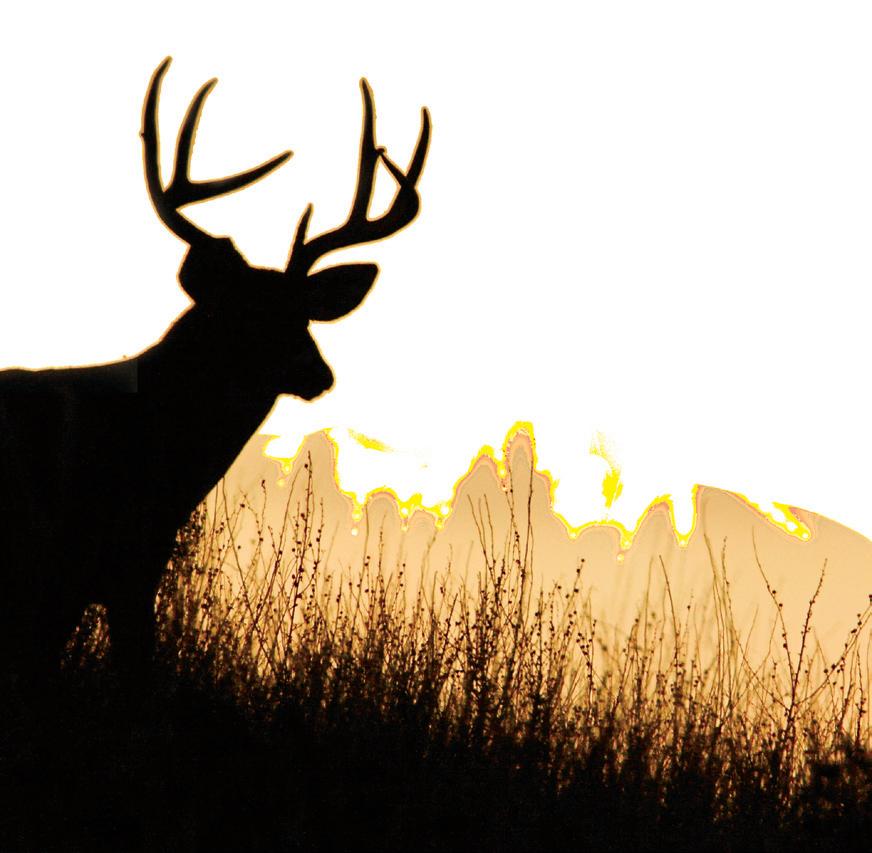
Bucks’ Unlimited Oak tm is a trademark owned by the University of Missouri (“MU”) for a tree developed at MU with the support of Forrest Keeling Nursery. Forrest Keeling Nursery is the exclusive licensee for this product.
800 - FKN - 2401 • (573) 898-5571 • forrestkeeling.com
We protect your investment with…
GET YOUR FREE CONSULTATION 855.464.6786 USSUNSOLAR.COM
solar for your home and business
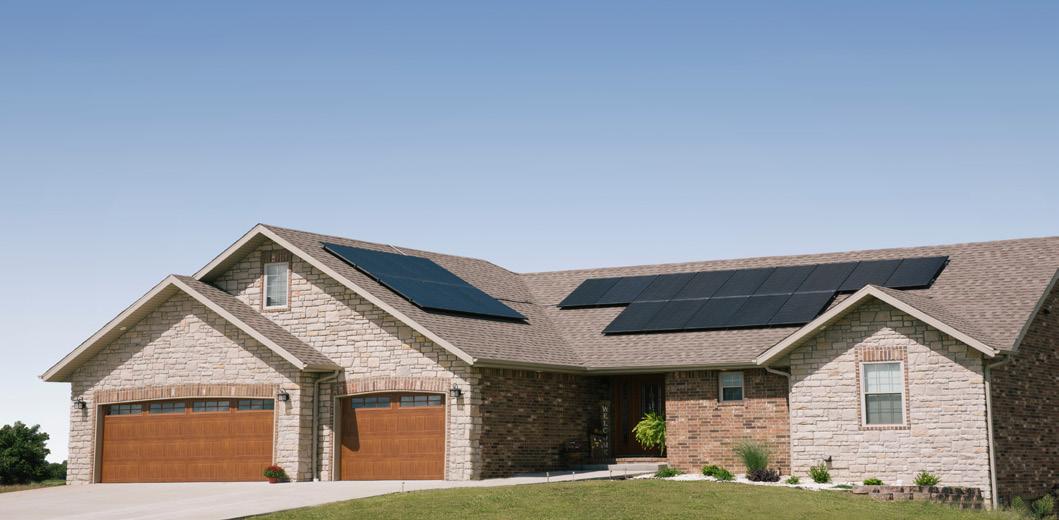
• LIMITED TIME UTILITY REBATES AVAILABLE • 30% FEDERAL TAX CREDIT AVAILABLE THROUGH 2019 • NO MORE RISING ELECTRIC RATES • PAY $0 DOWN • FINANCING OPTIONS AVAILABLE

1 9 9 7 - 2 0 1 8 21 We build thousands of trailers, but each one is just for you. Trailerman Trailers, Inc ® coats YOUR trailer with a top-of-the-line, industrial grade paint system, consisting of two-component epoxy and polyurethane technology. To become a dealer for Trailerman Trailers, Inc. ® Call us today 573-754-6972 and join the profitable Trailerman ® Dealer Network!
®

www.trailermantrailers.net

Fully focused on providing safe, affordable and reliable electricity to member-consumers at the end of the line.
Visit northeast-power.coop for more information.
CFM MEMBERS RECEIVE RATES DISCOUNTED AT
10 %
DRURYHOTELS.COM 800-DRURYINN


Free Hot Breakfast Free Hot Food & Cold Beverages at 5:30 Kickback Free Wi-Fi Throughout the Hotel 100% Satisfaction Guaranteed
0 i C p a E t h 1 0 , 0 0 s q f t F a c l i t y = a a b l e n d s a b l i s e d
Many Items to see, feel and try on!
We want to StandOut!YOU
SMOKED MEATS — SINCE 1927 —
OPEN MON-FRI 8 AM-5PM
SMOKEHOUSE.COM 1-800-624-5426
32819 HIGHWAY 87 | C ALIFORNIA, MI S S OURI 65018
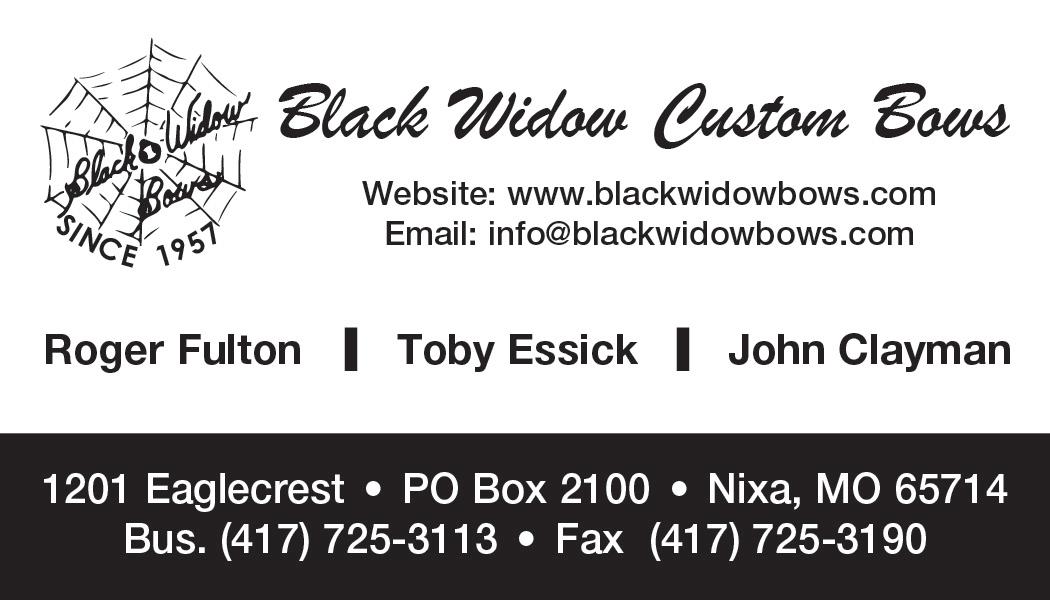
888.691.1126 POET.COM/Laddonia
TM

missouriwine.org
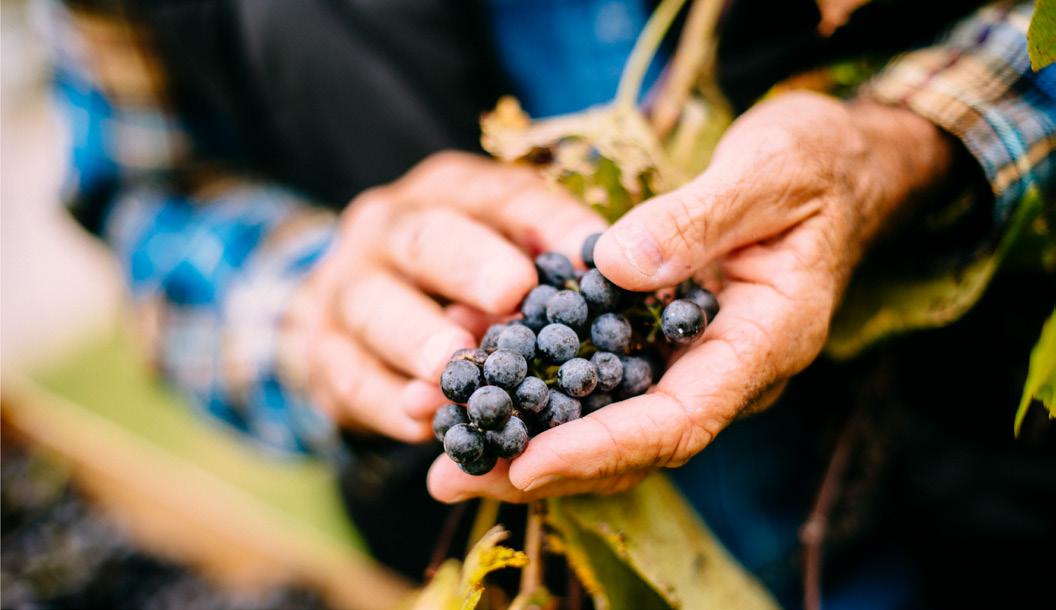
You’ve got it bagged with legendary Hodgdon powders.

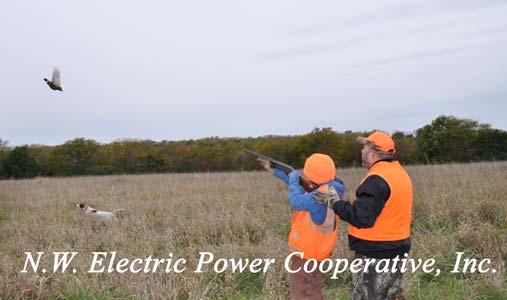
H170-044538-6_MOWildlifeGuide_Ad.indd 1
Proud to support our outdoor heritage

Phone 913-362-9455 www.hodgdon.com


6/13/16 4:30 PM
Missouri’s Electric Cooperatives
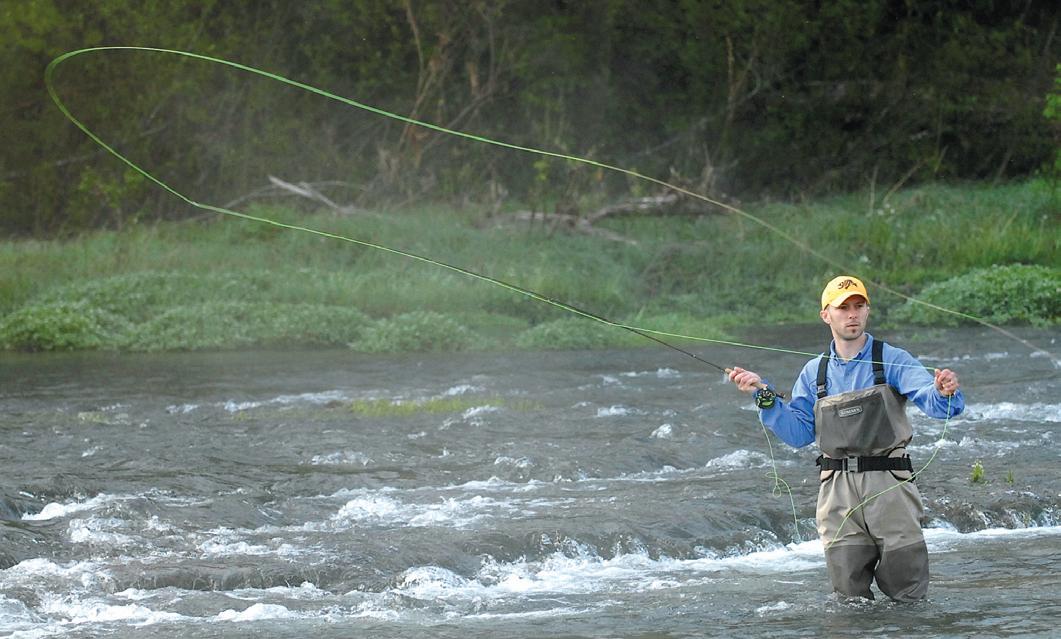


P WDER H RN
CONSERVATION LEADERSHIP CORPS A program of the Conservation Federation of Missouri www.confedmo.org/clc
OZARK BAIT & TACKLE



• LIVE BAIT • TACKLE • PERMITS • ARCHERY • GUNS • AMMO
VERSAILLES, MO 573-378-2220 VERSAILLES, MO 573-378-2220 LAURIE, MO 573-374-6065 LAURIE, MO 573-374-6065 www.edgarssports.com www.edgarssports.com GRAVOIS MILLS, MO *Storage Only* GRAVOIS MILLS, MO *Storage Only* 30’ & 40’ Storage Units 30’ & 40’ Storage Units
Planning Your Future?
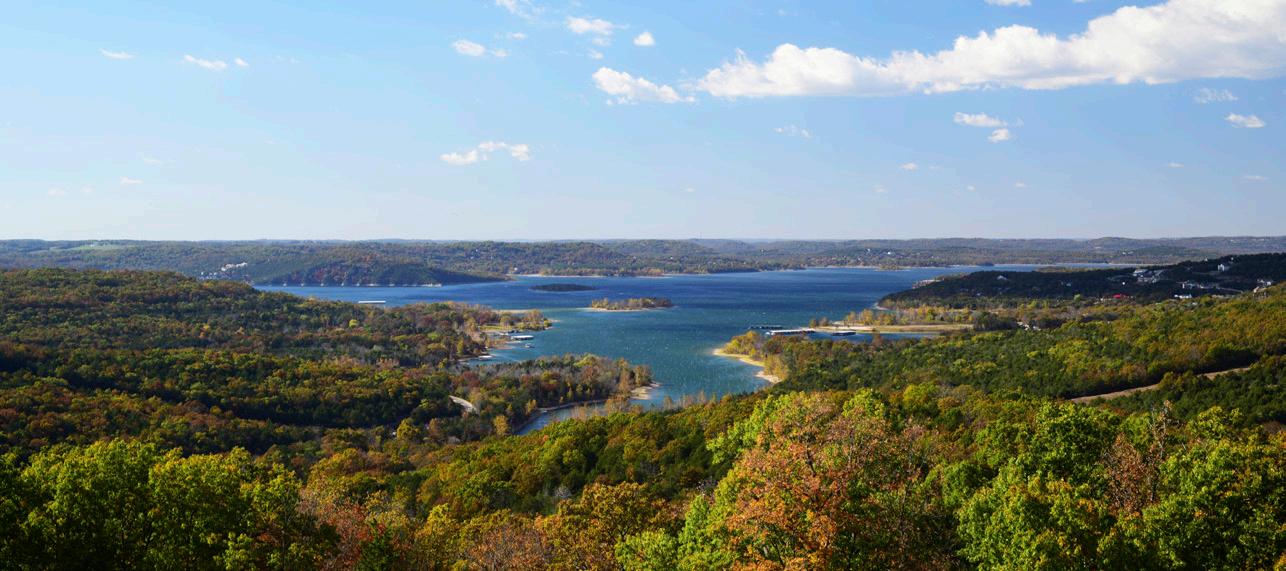
Include the Conservation Federation of Missouri in your estate plans.

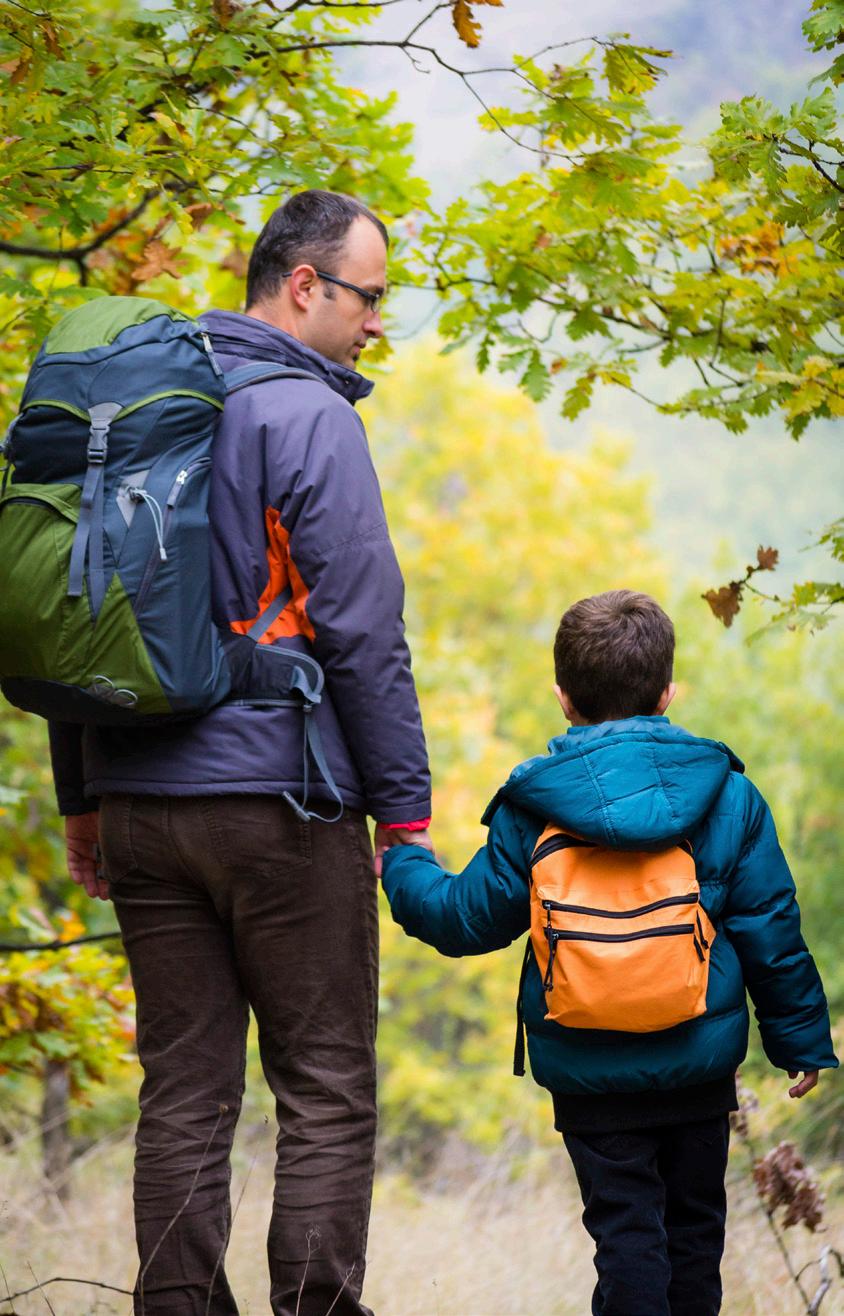

Leave a legacy for the natural resources and traditions you have valued throughout your life. Make CFM a beneficiary of your will, trust, life insurance policy or retirement plan. Any amount helps preserve Missouri’s resources and natural history for generations to come. What will your legacy be?
Call 573-634-2322 to find out more information.
If there are errors in your name or address, please notify us at:

Conservation Federation 728 W. Main Jefferson City, MO 65101 or call 573-634-2322.
PROTECTING WILDLIFE AND HABITAT Restoring millions of acres of habitat, healthy rivers, lakes and streams across North America with our partners.

CONNECTING NEW AUDIENCES TO THE OUTDOORS Creating the next generation of outdoor stewards — more than 100,000 kids catch a fish with us each year. ADVOCATING FOR SPORTSMEN’S RIGHTS Building coalitions to expand outdoor recreation access for everyone.








